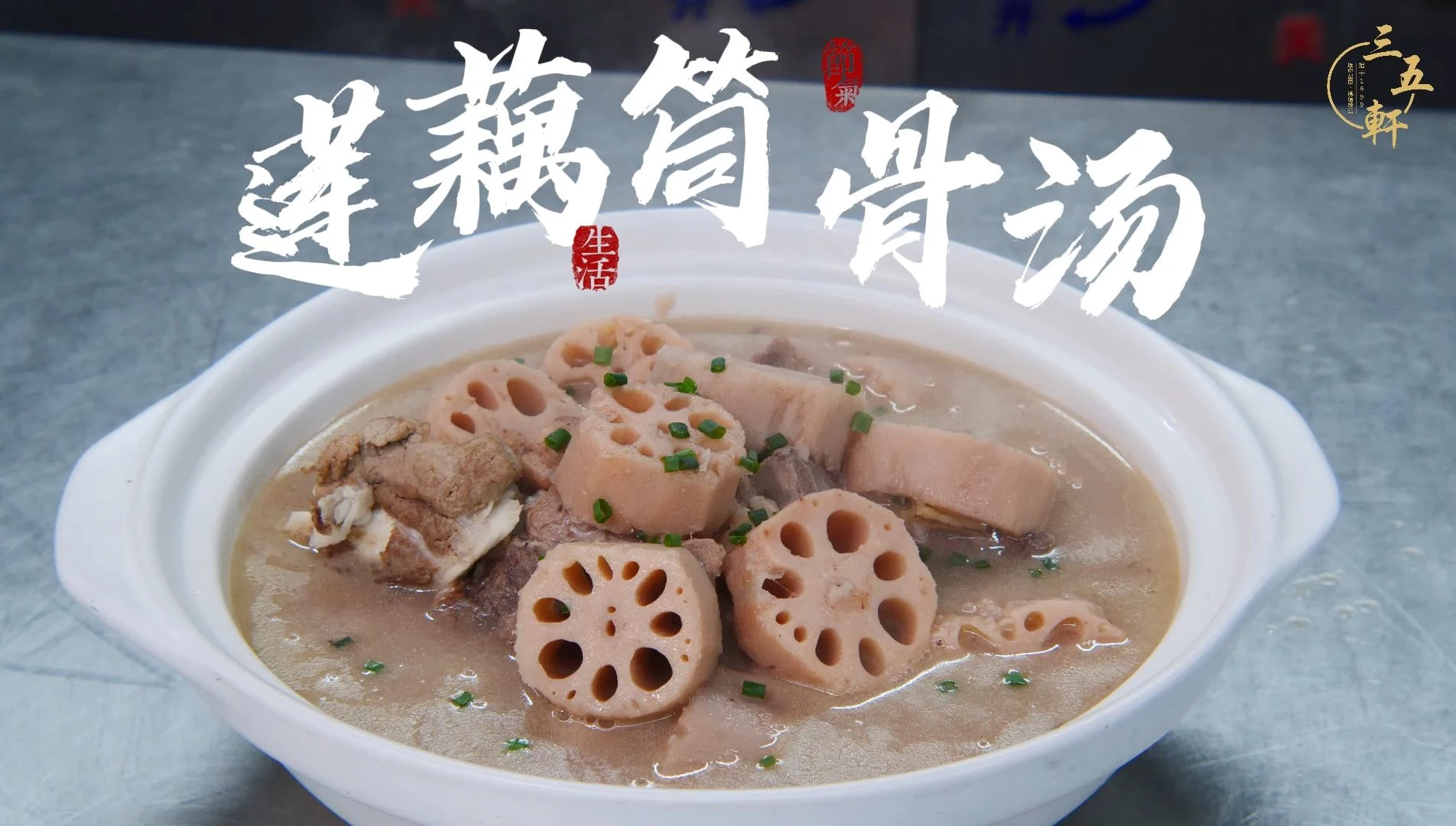The Delectable Guigang Lotus Root and Pork Bone Soup: A Culinary Journey into the Heart of Guangxi
As a culinary enthusiast deeply rooted in the vibrant flavors of China, I am thrilled to introduce you to a regional specialty that has been warming hearts and bellies in the Guangxi Zhuang Autonomous Region for generations – the Guigang Lotus Root and Pork Bone Soup. This dish, a testament to the region’s rich culinary heritage, is a harmonious blend of traditional ingredients and time-honored cooking techniques.
Origin and Cultural Background:
Originating from the picturesque city of Guigang in Guangxi, this soup is more than just a meal; it’s a piece of the region’s soul. The Zhuang people, who are indigenous to this area, have a deep connection with their land and the produce that it yields. The lotus root, or “feng ou” in Chinese, is not only a staple in their diet but also a symbol of purity and auspiciousness. The Guigang Lotus Root and Pork Bone Soup is a beloved dish that has been passed down through generations, each family adding their unique touch to the recipe.
Ingredients:
The heart of this dish lies in its choice of ingredients. The lotus root, or “feng ou,” is selected for its starchy texture, which is preferred in Guigang. Known for its ability to absorb flavors while retaining its shape, the lotus root used here is sourced from the local ponds and is often referred to as “powdered lotus root” due to its texture when cooked. Paired with this is the pork bone, or “zhu tong gu,” which is chosen for its rich marrow and the depth of flavor it imparts to the broth.
Preparation:
The preparation of the Guigang Lotus Root and Pork Bone Soup is a slow and patient process, much like the slow dance of the lotus in the water. The lotus roots are first peeled and cut into thick, even slices to ensure they cook uniformly. The pork bones are cleaned and then blanched to remove any impurities. These are then simmered together in a large pot with a variety of herbs and spices, including ginger and green onions, which are believed to have health benefits and add a layer of complexity to the flavor profile.
Taste and Texture:
The result of this slow cooking process is a soup that is rich, hearty, and deeply flavorful. The lotus root absorbs the essence of the pork bone, becoming tender and almost creamy in texture while still retaining a slight bite. The pork bone, once cooked, yields a soft and succulent marrow that melts in your mouth, adding an unctuous richness to each spoonful.
Visual Description:
Aesthetically, the Guigang Lotus Root and Pork Bone Soup is a study in contrasts. The pale, almost translucent slices of lotus root float serenely in a broth that has taken on a light brown hue from the pork. The occasional glimpse of green from the葱花 adds a pop of color, while the bones, peeking through the surface, hint at the depth of flavor beneath. This dish is not just about taste; it’s a visual feast that invites you to partake in its warmth and comfort.
Representative Dishes and Culinary Uses:
In Guigang, this soup is often served as a standalone dish, allowing the flavors to shine without distraction. However, it can also be used as a base for other dishes, such as noodle soups or as a broth for poaching fish. Its versatility is a testament to the adaptability of regional cuisines in China.
Culinary Characteristics:
The Guigang Lotus Root and Pork Bone Soup is characterized by its balance of flavors and textures. It is a dish that is both comforting and nourishing, perfect for the cooler months when the body craves warmth and sustenance. The slow cooking process ensures that every ingredient has time to meld together, creating a symphony of flavors that is uniquely Guigang.
In conclusion, the Guigang Lotus Root and Pork Bone Soup is more than just a meal; it’s a culinary journey into the heart of Guangxi, offering a taste of the region’s history, culture, and passion for food. It’s a dish that invites you to slow down, savor, and appreciate the simple yet profound pleasures of good food and good company.
